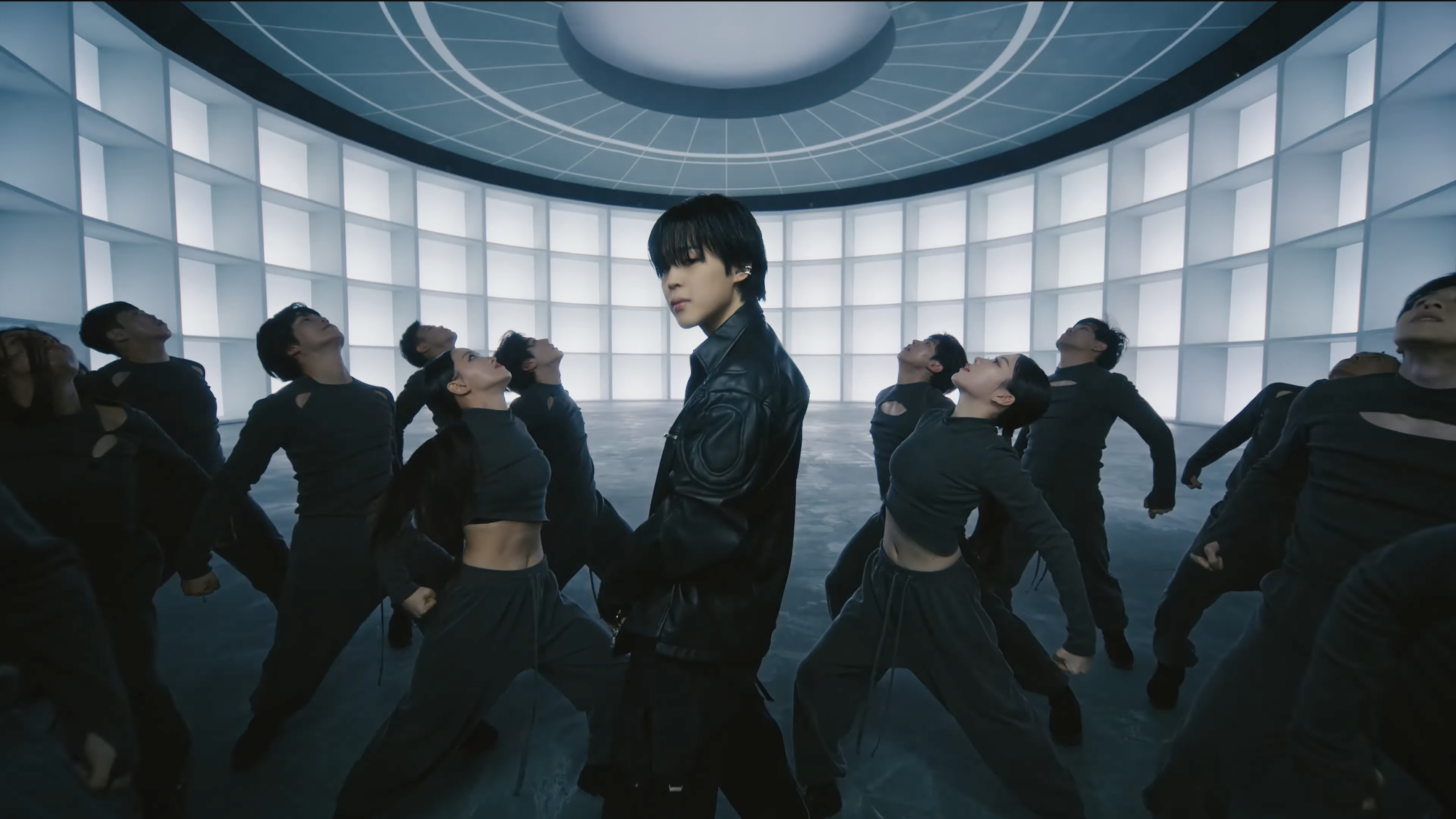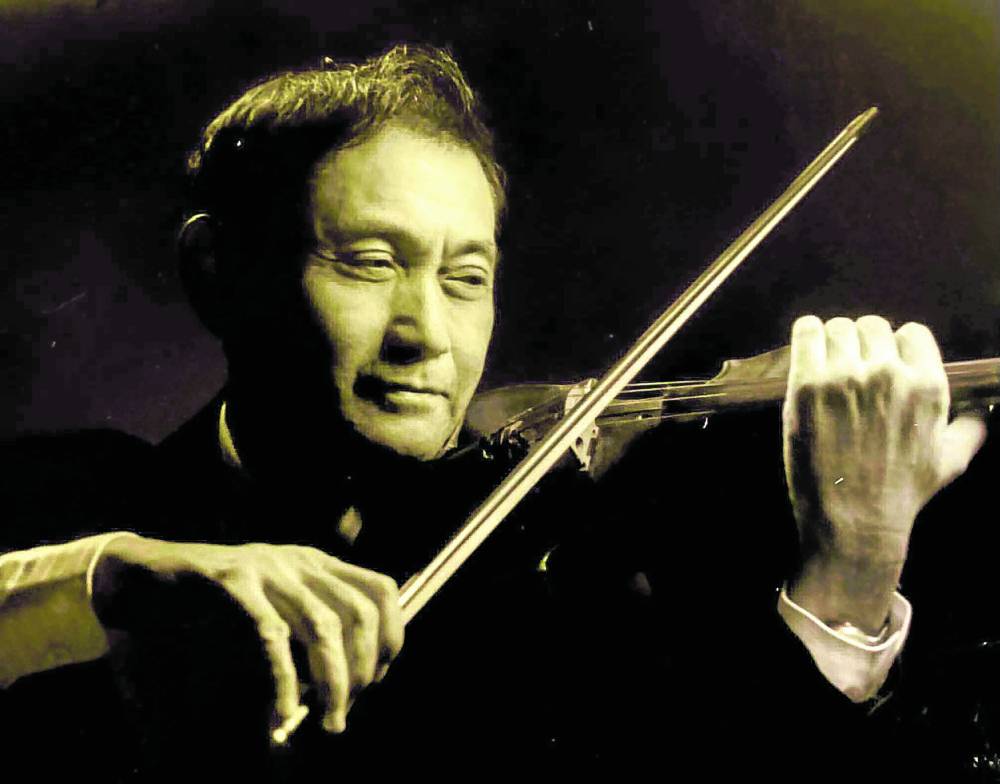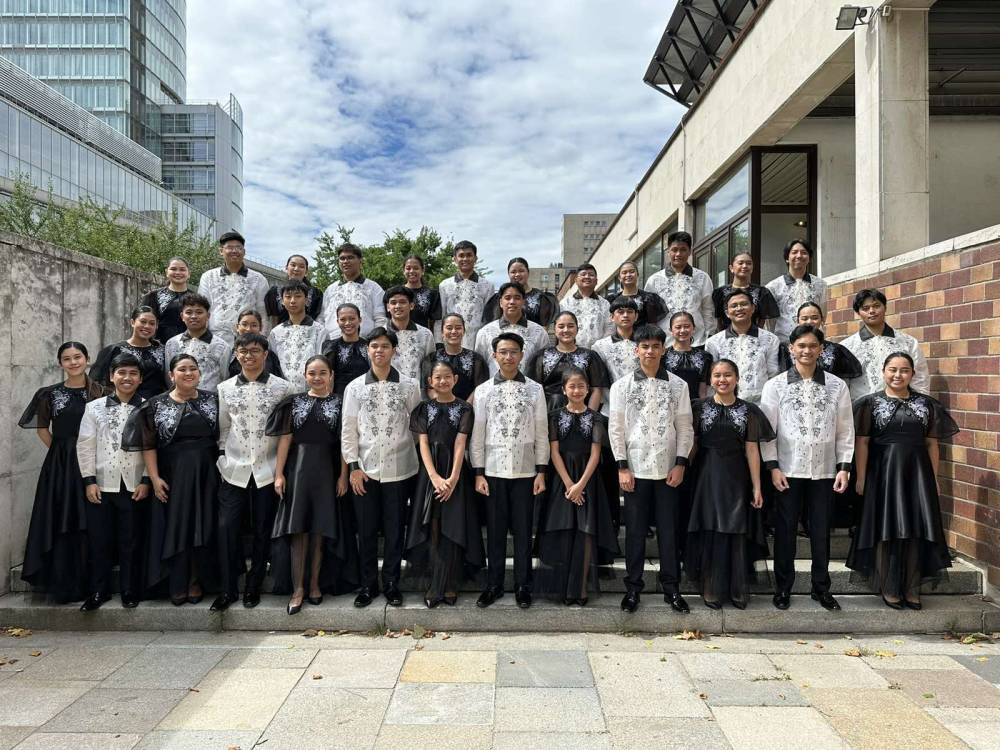With the release of ‘Set Me Free Pt.2’, the pre-release track from his upcoming solo debut album ‘FACE’, Jimin of BTS shows a masterful display of how artists should be using autotune.
Whether you like it or not, autotune is here to stay. It’s become a staple in modern music with virtually every song containing it to some degree—yes, even your favorite artists use it, no matter how vocally talented they are. But there is a difference between using autotune out of necessity and using it to perfect a release.
The former is its negative aspect, using software to mask a less-than-desirable performance. This often leaves behind a sour taste, especially for those who expect at least a shred of talent from those who are literally paid to sing. The latter on the other hand is a daily occurrence in preparing a track; using autotune, among other effects and plugins (adding compression, reverb, EQ-ing, etc) to perfect a vocal, to uplift and standardize it for an official release. Some singers have voices on the thinner side, and others are maybe weak in volume; at times during a recording, they could also make tiny mistakes that find them moving in between keys. Post-production exists to clean up these little messes, highlight the artist, and prepare a clean blemish-free track. Using autotune in this regard does not necessarily serve to hide ineptitude, instead, it’s for the sake of offering perfection where it does not exist—we have live performances after all, let’s keep the official release clean.
Jimin on the other hand, not only uses autotune for the sake of delivering a clean and consistent release but also uses it in a tasteful creative manner, flourishes to a vocal that does not need pitch correction.

One listen to ‘Set Me Free Pt.2’ shows that it clearly does not hold back on autotune—there are literally numerous entire sections and phrases with Jimin’s autotuned vocals as the centerpiece. But, one reason why it’s clearly an intended creative choice rather than a means to hide a shortcoming in performance is the fact that it’s so overtly and obviously autotuned; it wasn’t meant to be hidden at all.
What makes its use interesting in this particular release is how in between autotuned lines is Jimin’s natural voice, almost acting in a small play of back and forth. In this regard, it sounds as if autotune is being used as an instrument in itself, a means to showcase contrast by utilizing an electronic robotic tone to supplement his natural sound. Jimin is known for his soft and sultry vocal, and at certain moments in the song which calls for it, he delivers. But, for parts that are aggressive and rough, autotune is used. Like he is artificially recreating a song with his group BTS where there are six other voices mixed into it, where their other colors shine outside of Jimin’s, autotune here provides a different texture that we would not have been able to get with him alone on the track.
It reminds me of how Kanye West is widely known for often utilizing vocals to also stand in as instruments in his songs. But in this case, just as we have synthesizers to mimic and build upon acoustic instruments, autotune in this song does so to the same effect.
But there is such a thing as too much autotune, and in some instances, on the track, there are times when it would have been better to dial down on the effect. Nonetheless, for an experiment where we hear Jimin in a manner in which we have never heard him before, be it on a solo or with the rest of BTS, such an effort to utilize autotune where there is still a stigma associated with it is to be lauded.
—
Header image courtesy of HYBE LABELS












































